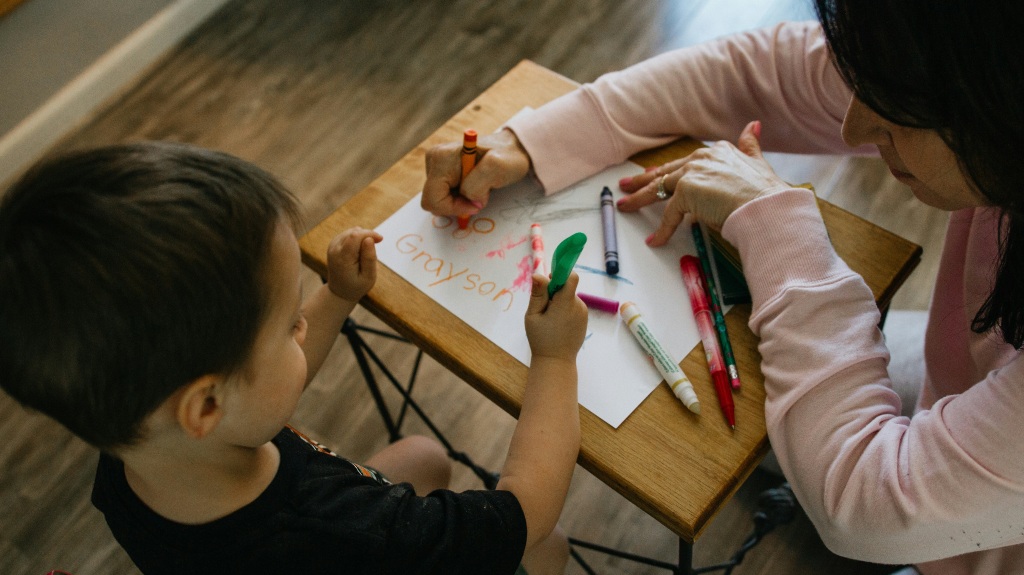When a CHIPS (Child In Need of Protection or Services) petition is filed in the state of Minnesota, the structure is aimed at prioritizing child safety. While every case has its unique qualities, the process of filing has a unique path. Below is an in depth overview of what happens after a CHIPS petition is filed in the state of Minnesota, from initial courts to long-term plans.
Emergency Orders and Initial Hearings
Emergency Protective Care
Commonly, after county child protection services files a CHIPS petition, a judge will order an emergency protection order. This usually happens 24 hours after a petition is filed and is to make sure the child is protected until safe temporary care is taken place. Whether it be foster care, or a safe home, this ensures the child’s immediate safety.
Shelter Care Hearing
Within 72 hours, a shelter care hearing will take place. As the first judicial review, this hearing is aimed at knowing if the temporary home is still a good fit for the child or if the child can be placed back into their original home under supervision. The court presents evidence justifying the continued placement, but the parents have the opportunity to challenge it still. These proceedings typically remain confidential and informal.
Pre‑Adjudicatory Discovery
After the shelter hearing, both the county and the parent will exchange the case hearings. This would include any evidence, service records, or even school reports. The process helps each party prepare for the upcoming adjudicatory hearing.
Early Services and Family Assessment
In between the process, the county may order an initial service to stabilize the family. The goal of this is to maintain the balance between the parent and the child. Examples of this could be:
- Mental Health Assessments
- Parenting or Anger Management Programs
- Supervised Arrangements
Adjudicatory Hearing
After 14 to 30 days a trial will be held. This trial is the “fact finding” trial to gain knowledge through different sources to come to a conclusion and if the child is qualified for CHIPS.

Parents’ Rights
The parents have the right to:
- Cross‑examine witnesses
- Present their own witnesses
- Testify on their own behalf
- Dispute facts and present false narratives
Judge’s Decision
The outcomes that the judge can make is:
- Adjudicated CHIPS:The judge finds that the child is qualified for the services and legal custody comes into play.
- Dismissed: The petition is dismissed, barring other legal issues.
What Comes Next
If the child is determined to need CHIPS, a dispositional hearing follows within about 30 days. This is where the court will determine long term plans regarding:
- Custody and placement
- Services needed by family members
- Visitation schedules between parents and child
- A Concurrent Permanency Plan
Exiting the CHIPS System
The CHIPS case will be finished when:
- The child is safely reunited with parent.
- A guardianship or adoption is finalized.
- The state determines ongoing services aren’t needed and custody returns to the custodial party under an order.
Post-case services may still be an effect either way to make sure the child is still in a safe environment. This framework will let the court decision carry out smoothly.
In Summary
When a CHIPS case is filed it lands in the court system in Minnesota:
- Immediate protective measures are taken.
- A rapid legal process establishes whether the child is indeed in need.
- A detailed, courtmandated plan is developed.
- Ongoing reviews and service provision guide the case toward the best possible outcome.
Ultimately the CHIPS system works as a well-designed system to ensure the child is the number one priority. The CHIPS system can be a tricky process to go through, but legal representation can make a big difference.
If yourself is going through the CHIPS filing process and needs legal help, contact us today to make sure you get the right outcome.

